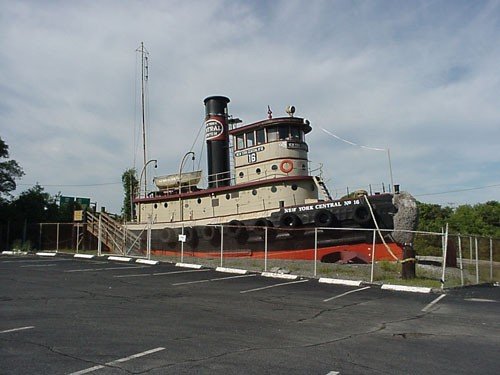Frank---
Steel or aluminum does have an advantage in the PNW with regards to the debris in the water. Steel boats have their disadvantages, however, particularly in a recreational boat, by which I mean a boat that doesn't have a full-time crew aboard to deal with things like chipping or needle-gunning rust, painting, removing moisture from inside the hull, etc. We have friends who used to own a 70' converted steel fireboat. It was an ongoing task to keep the bilges dry. Most steel boats that develop rust problems rust through from the inside out, so it's imperative to keep the inside of the hull dry. Exhaust system leaks, rainwater, shaft log leaks, hull and superstructure "sweating," and a whole bunch of other things can conspire to put water in the bilge.
Aluminum is a very popular material in this area for commercial fishboats. They're not cheap to build, but they eliminate the rust issue of a steel boat and the bow can be built heavy enough to take the hits of logs. Unlike most recreational boaters up here, the commercial boats routinely run at night. Of course they can corrode so one has to be careful with the electricity on the boat. To see the products of an aluminum boat manufacturer in our area (northern Puget Sound) take a look at this website**
http://www.rozemaboatworks.com/products.html*
Wood boats in the PNW, BC, and SE Alaska dealt with the logs, deadheads, and other debris in the water (including ice) by the installation of an external layer of replaceable planking on either side of the bow and often along the waterline as well. (see photos).
With a fiberglass boat you just have to be careful. This is one reason most recreational boaters up here don't make a habit of running at night, and when we do many of us have "log lights" which are permanent or removeable lights that illuminate the water ahead of us. The water doesn't reflect light back but logs, crab pot buoys, etc. do. The lights are mounted in such a way that they do not light up any part of the boat in front of the helmsman.
And of course, it doesn't matter what the hull is made of if you whack a prop or rudder into a log or wind a crab pot line around them. Steel, aluminum, wood, or glass, the end result is the same.
-- Edited by Marin on Sunday 12th of July 2009 01:27:33 AM





